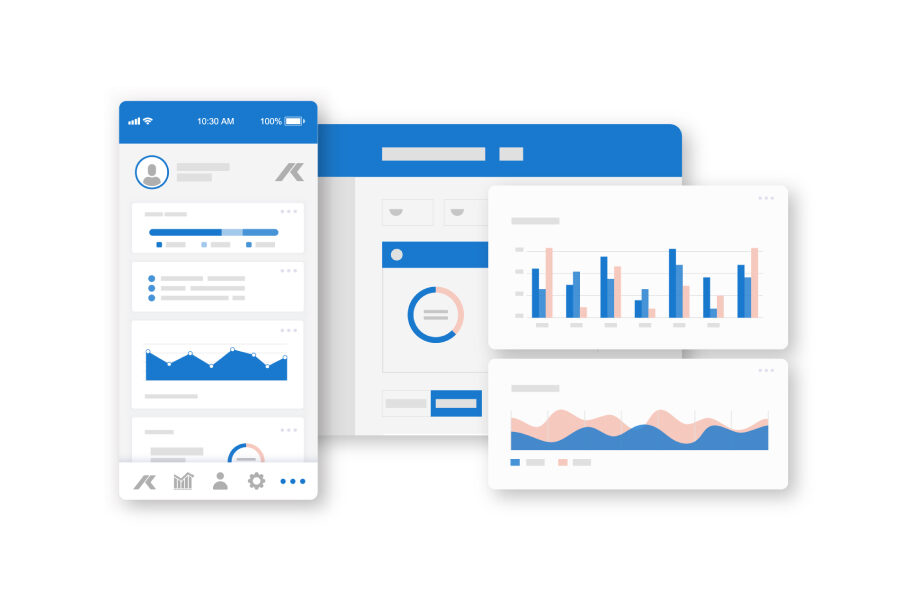KiECO
best-in-class configurable ecological data management system

simplify sample data management & celebrate watershed health with your community
We’ve worked closely with field staff and environmental managers to achieve more holistic approaches to monitoring natural resources and presenting the complex, interdependent data representations within our software.
Within WISKI, the ecology module KiECO enriches the comprehensive management of continuous & discrete environmental sampling activities.
Our flagship system features capabilities to ease ecological assessments as well as to integrate this information with hydrology and water chemistry datasets.
On whatever timescale you monitor the water, environment or weather, our IT innovations help you align data and add value to the data chain, from collection and analysis to reporting.

Product highlights
All-in-one planning, storage, analytics & reporting software
Enable multidisciplinary datasets – sampling data & hydrological information, discrete & continuous, ground-based & satellite sensors and more – to be viewed, analyzed and reported together in a single system.
Flexible user-defined data fields
Define & track sampling methodologies, properties related to a group or individual organism, and abundance codes — without waiting for a developer or system administrator.
Unlimited storage of survey data & metadata
Perform extensive biological survey recordkeeping that meets quality assurance protocols. Store notes, images and video taken in the field with phones / tablets.
Web portal to share observations & indices with your community
Publish quality-assured, agency-approved observational data & insights via the Bio DataViewer web portal, or use web services to share with researchers / consultants.
Your benefits
We evaluate diversity & richness by calculating biotic indices based on 10-year moving averages, more reliably assessing results & ecosystem report cards.
Laura Flynn, Data Mgmt. Specialist with Western Ontario Conservation Authority Hub in Ontario, Canada